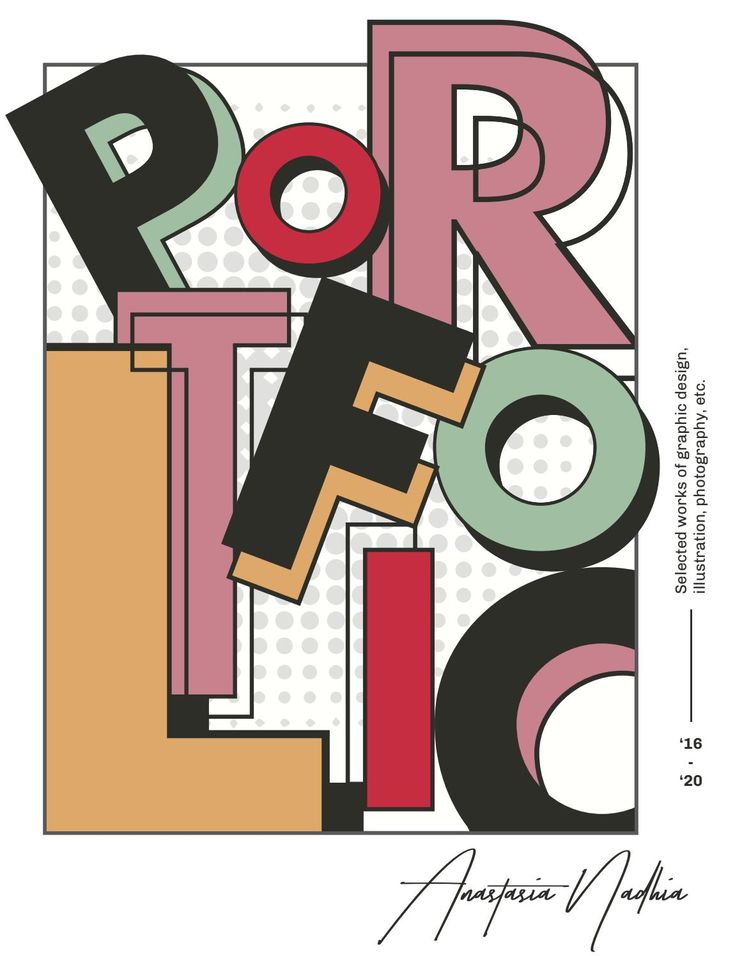Graphic design is a dynamic field that combines creativity, technology, and problem-solving to communicate ideas visually. Whether you’re designing a brand logo, a website, or marketing materials, possessing the right skills is essential to excel in this competitive industry. Here’s a breakdown of the must-have skills every graphic designer should develop.
1. Creativity and Innovation
At the heart of graphic design lies creativity. Designers must think outside the box to craft unique and visually appealing designs that effectively convey a message.
Tips to Develop:
- Engage in brainstorming sessions.
- Experiment with different design styles and mediums.
- Seek inspiration from art, nature, and other creative fields.
2. Proficiency in Design Software
Graphic designers rely on various software tools to bring their ideas to life. Mastery of these tools is non-negotiable.
Key Tools to Learn:
- Adobe Creative Suite (Photoshop, Illustrator, InDesign).
- Figma or Sketch for digital and UI/UX design.
- Canva for quick and simple designs.
3. Typography Skills
Typography plays a critical role in graphic design. Choosing the right fonts and arranging text effectively can make or break a design.
What to Focus On:
- Understanding font pairing and hierarchy.
- Mastering kerning, leading, and tracking.
- Ensuring readability and alignment with the brand’s tone.
4. Understanding of Color Theory
Colors evoke emotions and set the tone of a design. A good graphic designer must understand how to use color effectively.
Key Concepts:
- Color harmonies (complementary, analogous, triadic).
- The psychology of colors.
- Using tools like Adobe Color to create palettes.
5. Communication Skills
Graphic designers often work with clients, marketers, and developers. Clear communication ensures that design objectives align with project goals.
How to Improve:
- Practice active listening to understand client needs.
- Present your ideas clearly and confidently.
- Be open to constructive feedback.
6. Time Management and Organization
Design projects often come with tight deadlines. Managing your time effectively is crucial to meeting expectations without compromising quality.
Strategies to Adopt:
- Use project management tools like Trello or Asana.
- Break projects into smaller tasks and set milestones.
- Prioritize work based on deadlines and complexity.
7. Problem-Solving Abilities
Graphic design isn’t just about making things look good; it’s about solving visual communication problems.
Key Aspects:
- Identifying the target audience and their needs.
- Creating designs that address specific challenges.
- Iterating based on feedback and testing.
8. Knowledge of Branding Principles
Graphic designers often work on projects that involve branding. Understanding branding principles helps create cohesive and impactful designs.
What to Focus On:
- Crafting logos, business cards, and other brand assets.
- Ensuring consistency across all brand materials.
- Aligning designs with the brand’s values and mission.
-
Conclusion
Becoming a successful graphic designer requires a mix of creative and technical skills, along with a commitment to continuous learning. By mastering these essential skills, you’ll be well-equipped to create impactful designs that resonate with audiences and stand out in the industry. Whether you’re just starting or looking to refine your craft, investing in these skills will pave the way for a thriving career in graphic design.

